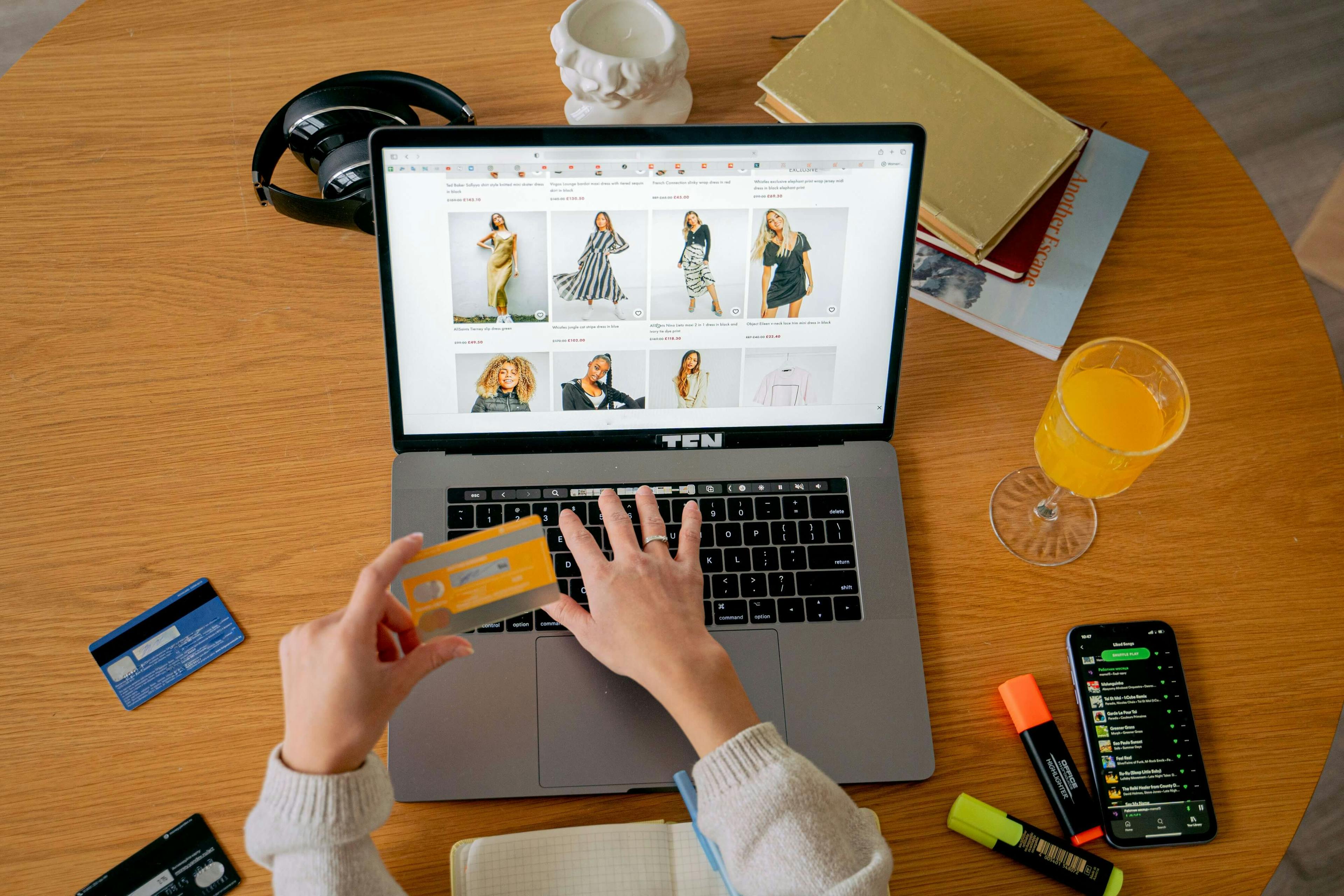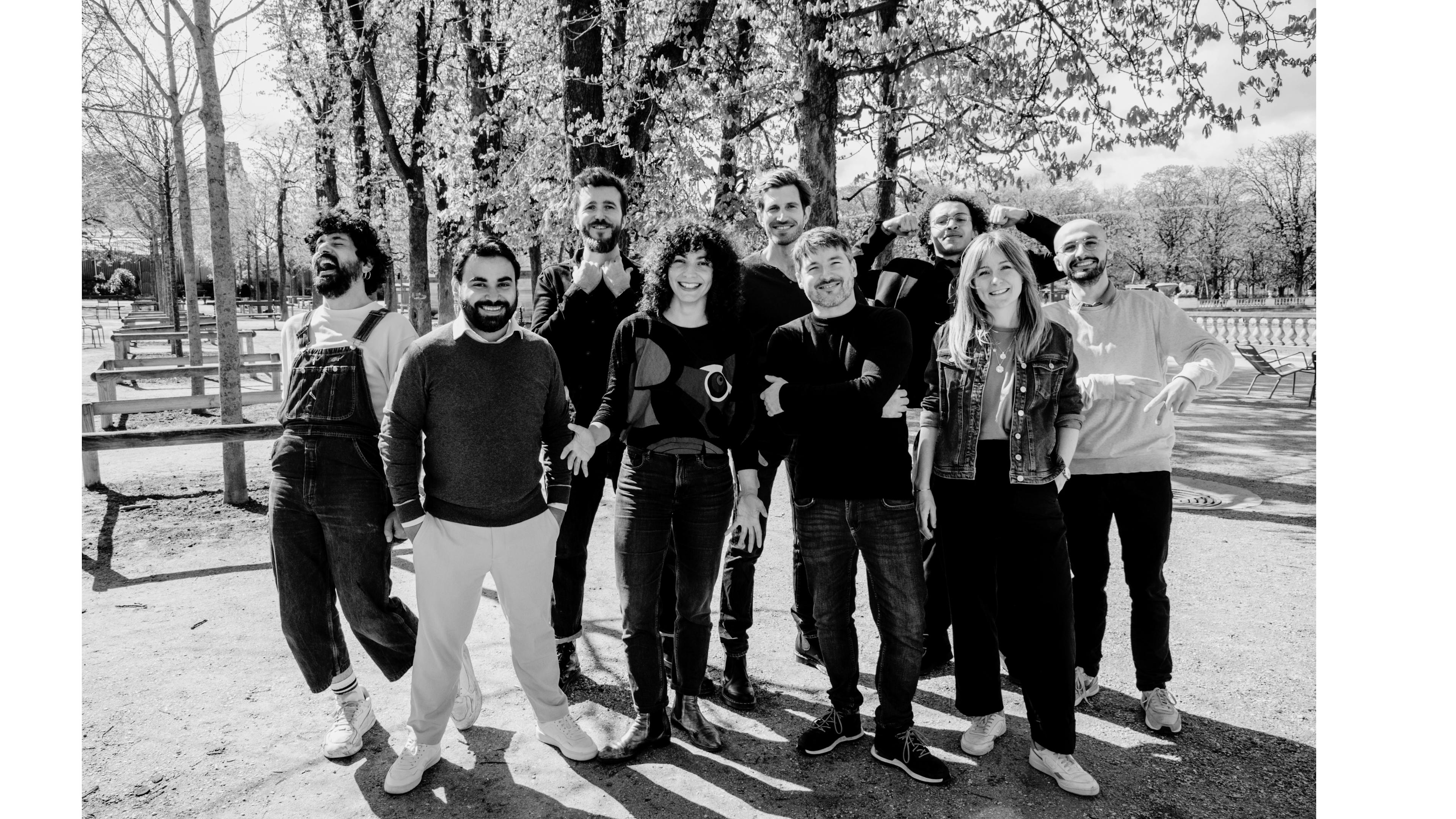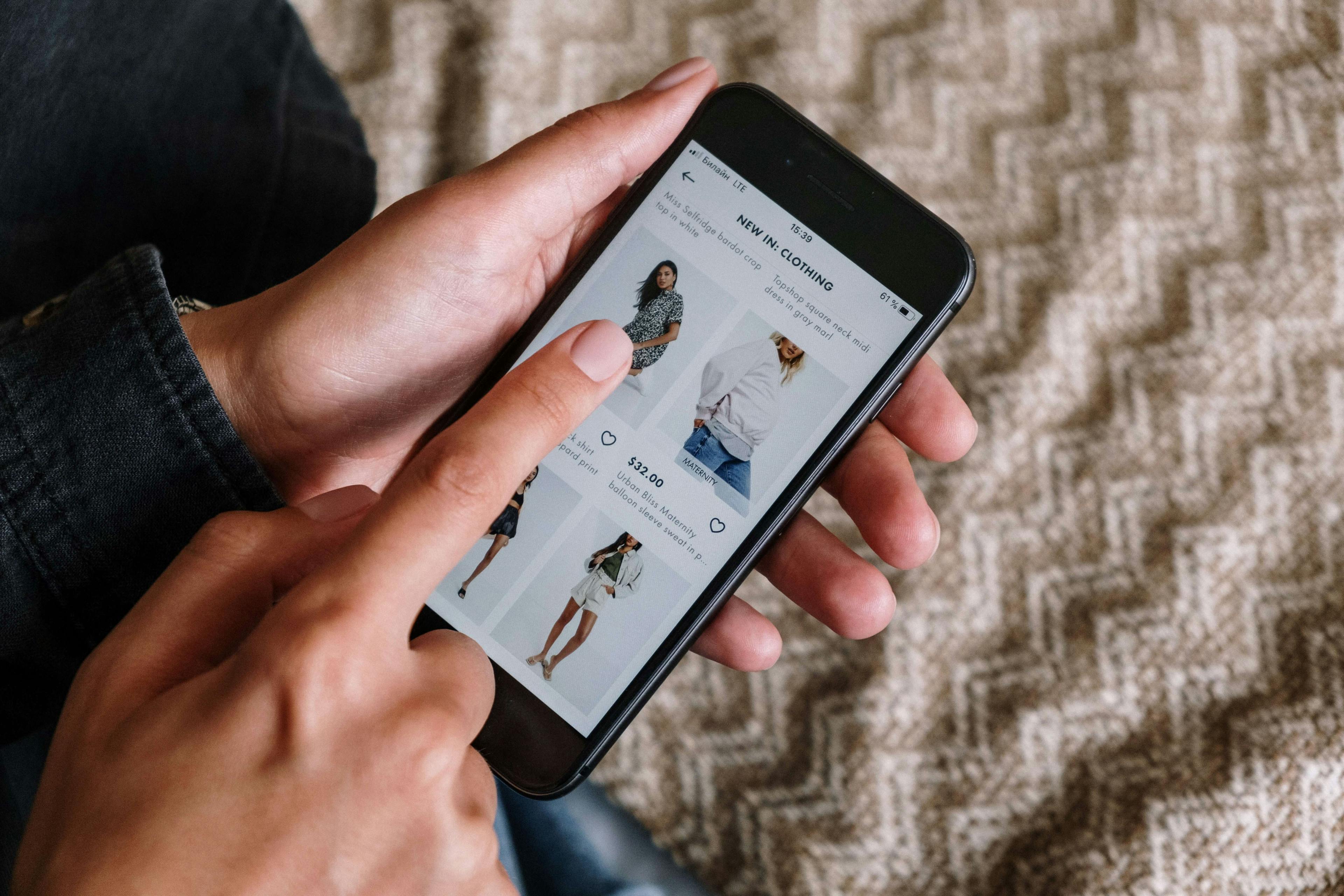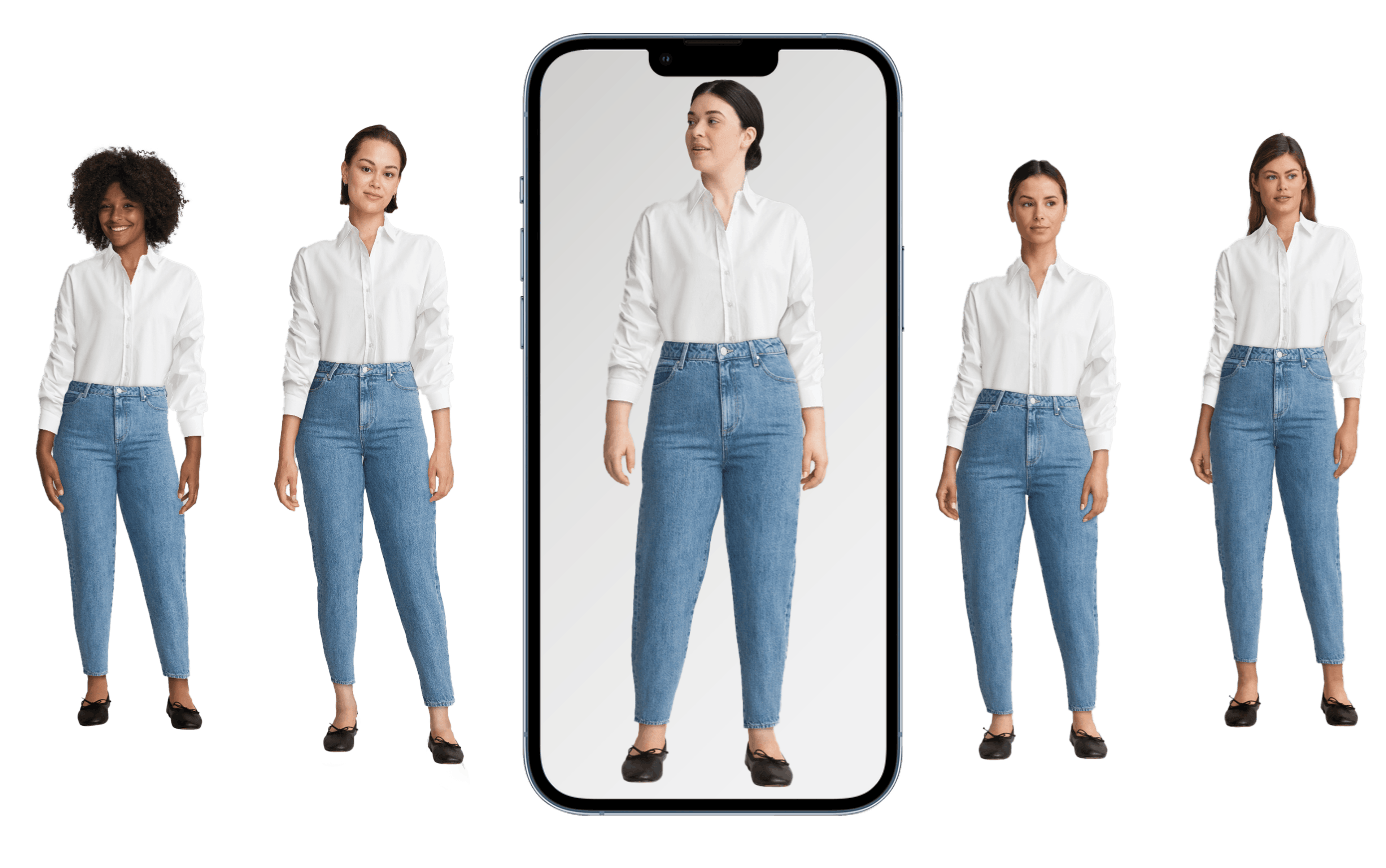
Why does personalization make a difference in fashion e-commerce?
Nowadays, fashion e-commerce is a very competitive sector, with increasingly demanding customers. Fashion brands have to find solutions to stand out, increase their performance and satisfy their customers.
It's no longer just about offering the best products, but also about providing an impeccable shopping experience. Personalization is a solution to meet this challenge.
Fashion brands face the challenge of personalizing the customer experience
Personalization can be found at several stages of the customer journey: before, during and after the purchase.
Brands tend to focus on everything during customer acquisition, but personalization during activation and retention remains essential.
It's all about creating a quality user experience that will engage the customer and encourage them to take action.
A customer is all the more committed to buy and talk about the brand, which gives him an emotionally positive customer experience adapted to his changing needs.
While the in-store shopping experience is pleasant, with the possibility for customers to touch the clothes, to have salespeople to advise them and fitting rooms, it is more difficult to reproduce it online.
Indeed, most e-shops have a rather static customer journey: a simple navigation from the category page, to the purchase page, through the product page, which impacts the perception of the brand for its e-commerce customers.
This standardization of the e-commerce customer journey is driving consumers to new brands that offer more innovative experiences.
Customers expect more and more personalization of the experience
Customers are naturally attracted to brands that value them, that make them feel like they are being listened to, understood and cared for.
The Covid-19 pandemic has accentuated this feeling even more, as consumers have only been shopping online for more than a year, and their level of demand has risen sharply.
Brand choice now depends heavily on personalization.
According to a study conducted by e-commerce platform Shopify
- 75% of consumers appreciate when content presented by brands is personalized.
- 74% of consumers say they feel frustrated when the content presented is not relevant to them.
It is therefore essential for fashion brands to have a hyper-personalized approach, offering a unique experience to each customer (online fitting, choice of mannequin, composition of looks...as one would in a physical store).
A personalized customer experience to increase conversion
The quality of the customer experience has become a determining factor in the conversion of a customer.
When a customer feels like they are in the center of a brand's attention, they are more likely to buy, and their purchase frequency and average shopping cart may even increase.
A Zendesk global study shows that brands that have implemented a personalization strategy throughout their customer journey have maintained or even increased their profitability.
While most e-tailers compete on price and product, a personalized user experience is what will make a real difference.
To continue to grow their business, brands need to analyze their customers' experience needs, note their evolution, and use new technologies (such as artificial intelligence) to respond optimally.
Personalization provides data to meet the needs of e-commerce customers
One of the many benefits of personalization is the output that brands get from it. Apart from engagement and conversion, brands collect a lot of data about their customers (habits, preferences, searches, order history, purchase values...).
This data allows them to know the customer intimately, to then respond to their needs individually, and even to predict what they might want in a future purchase.
With Veesual's Mix&Match, brands can, depending on the customer's preferences (based on their interactions with the experience), show them the most relevant images, highlight looks that match the clothes they've consulted, and adapt the models to engage them as much as possible.
This data can also be used to feed recommendation algorithms, and guide the creation of future clothing collections.
Brands must therefore capitalize on data, using it to send personalized, contextual and customer-relevant messages in order to optimize ROI.
RESOURCES
Discover our new article

Veesual raises 5 million euros
We are thrilled to announce that AVP and Techstars are joining our journey at Veesual. This exciting development marks a significant milestone as we aim to become a global leader in AI-powered image-generation technologies for fashion.

Why does personalization make a difference in fashion e-commerce?
Nowadays, fashion e-commerce is a very competitive sector, with increasingly demanding customers. Fashion brands have to find solutions to stand out, increase their performance and satisfy their customers. It's no longer just about offering the best products, but also about providing an impeccable shopping experience. Personalization is a solution to meet this challenge.

Myth 1: Virtual fittings are not realistic, because you can't actually try on the clothes.
In the fashion e-commerce sector, virtual fitting has become a must-have feature, but it remains a controversial subject for some.In a series of articles, we're going to demystify the myths surrounding virtual fitting. The first is that virtual fitting is ineffective because it doesn't offer a real fitting experience. We can start by recalling that e-commerce customers are those who rarely, if ever, visit physical stores, for a number of reasons: lack of time, no attraction to in-store waiting, especially for fitting room queues. Brands need to be able to adapt to these customers, because the need remains the same: to buy clothes. And, as in a physical store, this purchase is based on several aspects and questions: "does it fit me", "do I like it", "what would it go with"... The virtual fitting experience answers these questions by reproducing as closely as possible the fitting room in a physical store.

